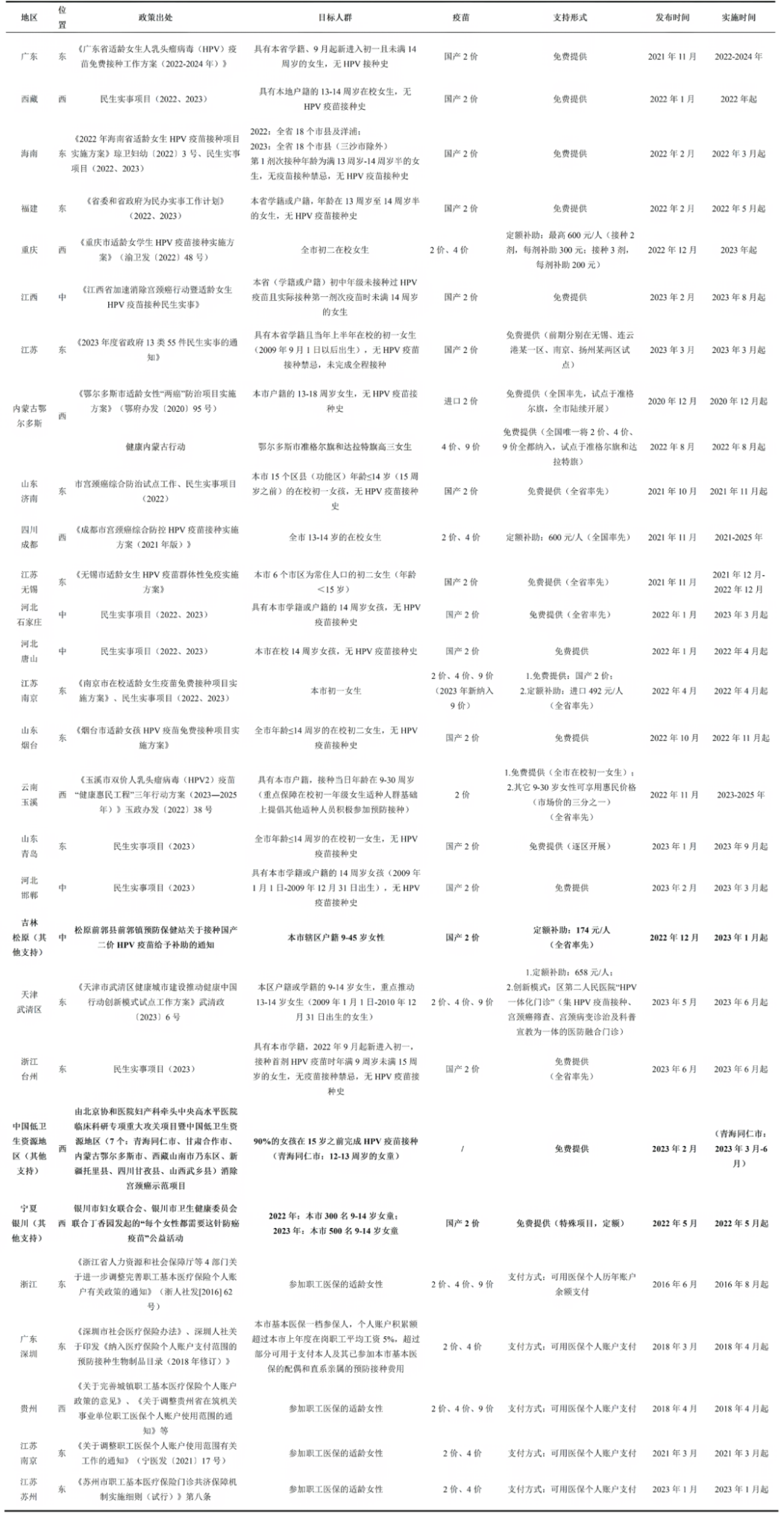Policy Updates
01
The National Administration of Disease Prevention and Control Adjusts the Immunization Schedule for DTaP and Td Vaccines
The National Administration of Disease Prevention and Control recently issued a Notice on Adjusting the Immunization Schedule for the DTaP Vaccine and Td Vaccine under the National Immunization Program. The notice specifies that, by the relevant provisions of the Vaccine Administration Law and the need for epidemic prevention and control for pertussis prevention and control, and with the approval of the State Council, a new immunization schedule will be implemented nationwide starting January 1, 2025.
The revised schedule will replace the current practice of administering one dose of the adsorbed acellular diphtheria-tetanus-pertussis combined vaccine (DTaP) at 3, 4, 5, and 18 months of age, and one dose of the adsorbed diphtheria-tetanus combination vaccine (Td) at 6 years of age. Instead, the new schedule will administer one dose of the DTaP vaccine at 2, 4, 6, and 18 months and at 6 years of age.
https://mp.weixin.qq.com/s/hY8ghX8jdKT780D478v_kg
Journal Article Recommendations
01
Effects of different-valent vaccines against human papillomavirus (HPV) to prevent persistent HPV16/18 infections and CIN2+ in women: a systematic review and network meta-analysis
This article was published by the International Journal of Infectious Diseases by Lisha Wu,et,al. The study aims to evaluate the efficacy of different types of human papillomavirus (HPV) vaccines in preventing persistent HPV16/18 infection and cervical intraepithelial neoplasia grade 2 or higher (CIN2+). A systematic review and network meta-analysis were conducted, incorporating data from 18 randomized controlled trials (RCTs) and one post-RCT analysis.
The primary outcomes were persistent HPV16/18 infections at 6 and 12 months (6mPIs and 12mPIs) in both the Total Vaccination Cohort (TVC) and According-to-Protocol (ATP) cohort groups. All women included in the RCTs participated in the TVC group, while the ATP cohort consisted of women who tested negative for HPV DNA at baseline and adhered to the vaccination protocol.
The findings indicate that both bivalent and quadrivalent vaccines significantly reduce the risk of HPV16/18-related persistent infections and CIN2+, regardless of prior HPV infection status. Due to its long-term protective effects and affordability, the bivalent vaccine may be suitable for large-scale vaccination programs, particularly in developing countries. The quadrivalent vaccine demonstrated the highest efficacy in preventing HPV16/18-related 6mPIs, 12mPIs, and CIN2+, while the bivalent vaccine showed superior long-term protection in the TVC group. Additionally, the study found that the bivalent vaccine provides cross-protection against other high-risk HPV types (e.g., HPV31/33/35) among individuals who were HPV-negative before vaccination.
The conclusion highlights that HPV vaccination significantly reduces the risk of HPV16/18-related persistent infection and CIN2+, regardless of prior HPV infection status. Besides the quadrivalent and nonavalent vaccines, the bivalent vaccine also offers satisfactory protection against HPV16/18-related persistent infections and CIN2+, particularly with its long-term efficacy, making it a viable alternative for government-led vaccination programs in developing countries.
https://doi.org/10.1016/j.ijid.2024.107363
02
Global impact of ten-valent and 13-valent pneumococcal conjugate vaccines on invasive pneumococcal disease in all ages (the PSERENADE project): a global surveillance analysis
This article was published by The Lancet Infectious Diseases, and the study aims to evaluate the long-term impact of the 10-valent (PCV10) and 13-valent (PCV13) pneumococcal conjugate vaccines (PCVs) on invasive pneumococcal disease (IPD) across all age groups globally. The analysis was based on data from the PSERENADE project, which included IPD cases reported from 30 countries and 47 surveillance sites between 1991 and 2019, totaling 527,692 cases. Among these, 488,758 cases were reported from 32 PCV13 sites, and 46,386 cases from 15 PCV10 sites. A Bayesian multilevel mixed-effects regression model was used to estimate incidence rate ratios (IRRs) by comparing annual IPD incidence rates before and after PCV introduction. The analysis examined changes in vaccine-type and non-vaccine-type IPD cases.
Analyses included 32 PCV13 sites (488 758 cases) and 15 PCV10 sites (46 386 cases) in 30 countries, primarily high-income (39 sites), using booster dose schedules (41 sites). By 6 years after PCV10 or PCV13’s introduction, IPD due to PCV10-type serotypes and PCV13-related serotype 6A declined substantially (age <5 years: 83–99% decline; ≥65 years: 54–96% decline). PCV7-related serotype 19A increases before PCV10 or PCV13 introduction were reversed at PCV13 sites (age <5 years: 61–79% decline relative to before any PCV; age ≥65 years: 7–26% decline) but increased at PCV10 sites[ZP1] (age <5 years: 1.6–2.3-fold; age ≥65 years: 3.6–4.9-fold). Serotype 3 IRRs had no consistent trends for either product or age group. Non-PCV13-type IPD increased similarly for both products (age <5 years: 2.3–3.3-fold; age ≥65 years: 1.7–2.3-fold). Despite different serotype 19A trends, all-serotype IPD declined similarly between products among children younger than 5 years (58–74%); among adults aged 65 years or older, declines were greater at PCV13 (25–29%) than PCV10 (4–14%) sites, but other differences between sites precluded attribution to product.
The conclusion states that long-term use of PCV10 and PCV13 significantly reduces the burden of vaccine-type IPD while leading to an increase in non-vaccine-type IPD. The differing trends in serotype 19A suggest that the use of PCV13 may offer greater benefits compared to PCV10 in certain settings. The study provides support for the development of higher-valency vaccines and informs future policy decisions.
https://doi.org/10.1016/S1473-3099(24)00665-0
03
School vaccination programmes to increase HPV vaccination coverage – Experiences from Bremen, Germany
This article was published by Vaccine. Germany primarily relies on a practice-based, opportunistic immunisation system. Despite the introduction of the Human papillomavirus (HPV) vaccine into the German vaccination schedule in 2007, coverage remains low. The Bremen Public Health Department launched a school-based HPV vaccination program during the 2013/14 academic year, targeting all 8th-grade students. This study aims to evaluate the program’s effectiveness, with a particular focus on the participation of vulnerable groups.
In a retrospective cohort design, the study analysed vaccination status and uptake among all 8th-graders from 2015/16 to 2018/19 (girls) and 2022/23 (girls and boys). Sub-analyses were based on the School Social Index (SSI), which ranges from 1 (higher socio-economic position, SEP) to 5 (lower SEP), considering factors like poverty, migration, and living environment.
Among previously unvaccinated students, 26–35 % of girls and 39 % of boys annually accepted and received the school-based HPV vaccination. Uptake was higher among students from lower as compared to higher SEP schools (SSI 5: 37 % vs. SSI 1: 30 %, p = 0.022). Possible reasons include: individuals with lower socioeconomic positions (SEP) are more likely to rely on school-based vaccination opportunities, whereas those with higher SEP tend to prefer clinic-based vaccination methods. Additionally, language barriers and unfamiliarity with the German healthcare system may limit lower-SEP families’ access to vaccines in clinics. School programs help bridge this gap through more direct outreach and convenient vaccination arrangements.
The study also found that two-thirds of unvaccinated students failed to take advantage of the vaccination opportunities provided by schools. This could be linked to vaccine hesitancy. Vaccine hesitancy in Germany is relatively high compared to other European countries, especially regarding the HPV vaccine. About 35% of parents express hesitancy toward HPV vaccination, with some parents preferring to trust pediatricians who have long served their families rather than relying on school-based vaccinations. Moreover, health insurance claims data suggest that many families, upon receiving information about school-provided vaccinations, consult private clinics for vaccination advice. This indicates that while school programs may not directly increase vaccination rates, they play a significant role in raising parental awareness about vaccines.
The study concludes that school vaccination programs help improve HPV vaccination rates, particularly among students with lower socioeconomic status. However, these programs have not completely eliminated existing vaccination barriers in Germany. To scale up a nationwide school vaccination program effectively, further integration with Germany’s sociocultural context and the design of appropriate support strategies are necessary.
https://doi.org/10.1016/j.vaccine.2024.126636
04
Impact of COVID-19 pandemic on vaccine hesitancy and sentiment changes: A survey of healthcare workers in 12 countries
This article was published by Public Health. Healthcare workers (HCWs) are a trusted source of vaccine-related information for patients and communities, but they can show hesitancy or reluctance towards vaccinations. The objective of our study was to investigate HCWs’ sentiment and hesitancy towards vaccination, focusing on COVID-19 and influenza vaccination.
The study uses a web-based survey and gathered responses from 7793 HCWs across twelve countries. The researchers used Latent Class Analysis models to build response profiles for respondents. The research employed multilevel multivariable logistic regression models to assess the impact of individual determinants and country contextual effects on change in vaccine sentiment (ChVS) and COVID-19 vaccine hesitancy (CoVH).
The results show that most healthcare professionals highly recognized the safety, efficacy, and importance of vaccines. However, 21% of respondents still exhibited strong or moderate hesitancy toward COVID-19 vaccines. National contexts significantly influenced both changes in vaccine sentiment (ChVS) and COVID-19 vaccine hesitancy (CoVH), accounting for 6% of the global variance. For example, China demonstrated the most substantial impact in improving vaccine sentiment (OR=2.28, 95% CI 1.94-2.69), while New Zealand had the greatest influence on increasing vaccine hesitancy (OR=2.42, 95% CI 1.85-3.16). These findings highlight geographic differences in vaccine hesitancy between countries, underscoring the complex interaction between individual and national contextual factors in vaccination decisions. Moreover, individual factors such as education level, fear of COVID-19 infection, vaccine knowledge, prior influenza vaccination behavior, and overall trust in vaccines significantly influenced ChVS. For CoVH, factors such as occupational category, primary sources of information, and fear of COVID-19 were closely associated.
The study emphasizes that while individual factors play a primary role in changes in vaccine attitudes and hesitancy, the moderating effect of national contexts cannot be overlooked. It recommends adopting country-specific strategies, enhancing vaccine education, and promoting transparent risk communication to bolster healthcare professionals’ confidence in vaccines and further improve vaccination coverage rates.
https://doi.org/10.1016/j.puhe.2024.11.016
Content Editor: Xiaotong Yang
Page Editor: Ziqi Liu





